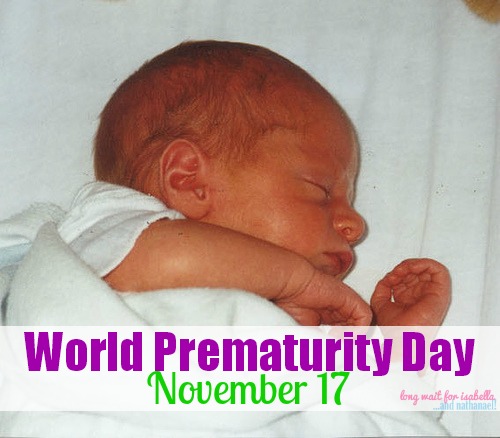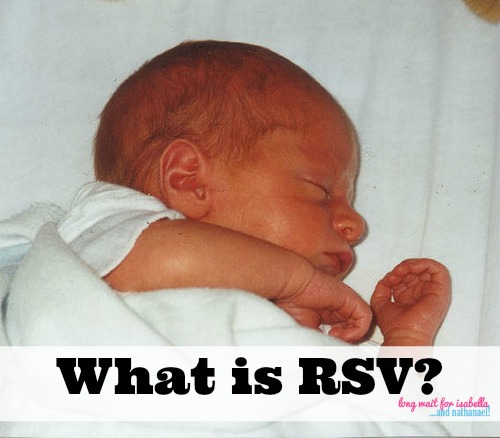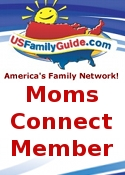I participated in a campaign brought to you by Mom Central Consulting (#MC) for MedImmune. This is a sponsored post.

We are getting well into the month of November. Can you believe it? Do you remember last year when I talked about World Prematurity Day? Well, it is already here again. November 17th is World Prematurity Day. I am thankful that both of my children came full term with no complications.
Do you have an experience with a premature baby?
About Prematurity
Each year worldwide, 13 million babies are born prematurely, and more than one million preemies have died just this year from the serious health challenges they face. The current rate of prematurity in the United States is 12.2 percent—one of the highest rates of preterm birth in the world. Even more alarming is that the rates have risen by 36 percent over the last 25 years. Despite these overwhelming numbers, many parents still aren’t aware of the risks of being born too soon—the leading cause of neonatal death. In fact, a recent survey found that 75 percent of parents don’t know the definition of prematurity (birth at or before 37 weeks gestation), and during prenatal care, most pregnant women don’t ask their healthcare provider about the risk of delivering prematurely and the potential consequences of preterm birth for their child.
Preemies have special health needs. This time of year it is so important to remember that preemies are susceptible to illness and infection. One seasonal virus that I want to share about once again this year is RSV.
About RSV
Respiratory syncytial virus (RSV) is a common seasonal virus that nearly all children by the age of 2 contract. Usually children get mild to moderate cold-like symptoms from RSV. But premature infants, who have underdeveloped lungs and immature immune systems are at a higher risk for contracting RSV. The premature infant often needs to be hospitalized when contracting RSV.
Do you have any experience with RSV or know someone who has?
Living on a Native American reservation, many friends and extended family members have had children with RSV. It is scary for a parent to experience this illness with their baby. So I want to share with you some of the symptoms once again this year, and precautions you can take with your children.
RSV Facts:
- RSV typically occurs November – March
- RSV is the leading cause of hospitalization for babies in their first year of life (in the US)
- 1/3 of mothers have never heard of RSV
RSV Symptoms
- Persistent coughing or wheezing
- Bluish color around the mouth or fingernails
- Rapid, difficult, or gasping breaths
- Fever, especially if it is over 100.4°F (rectal) in infants under 3 months of age
RSV Protection
RSV is very contagious and is spread through touching, sneezing and coughing. Also, it can live on skin and surfaces for hours. Since there is no treatment of RSV, prevention is critical. To help minimize the spread of RSV, parents should
- Wash their hands and ask others to do the same
- Keep toys, clothes, blanket and sheets clean
- Avoid crowds and other young children during RSV season
- Never let anyone smoke around your baby
- Steer clear of people who are sick or who have recently been sick
Here is a handy infographic with the information you need:




I had no idea what RSV was until my niece was born a few years ago. It is a very scary thing to deal with. Thank you so much for sharing this information.
Most people don’t know what it is Catherine. That’s why I wanted to sign up for this campaign to share it. I have a cousin who’s baby had RSV too. Very scary for her.
I didn’t know how common it was to get RSV. A few babies in my birth board had it and I was really shocked and scared! Thanks for raising awareness.
I didn’t realize it was so common either Katherine. Not until I read the facts for myself. That’s why I like sharing with parents about it too. Very important to take precautions this cold and flu season.